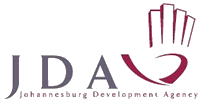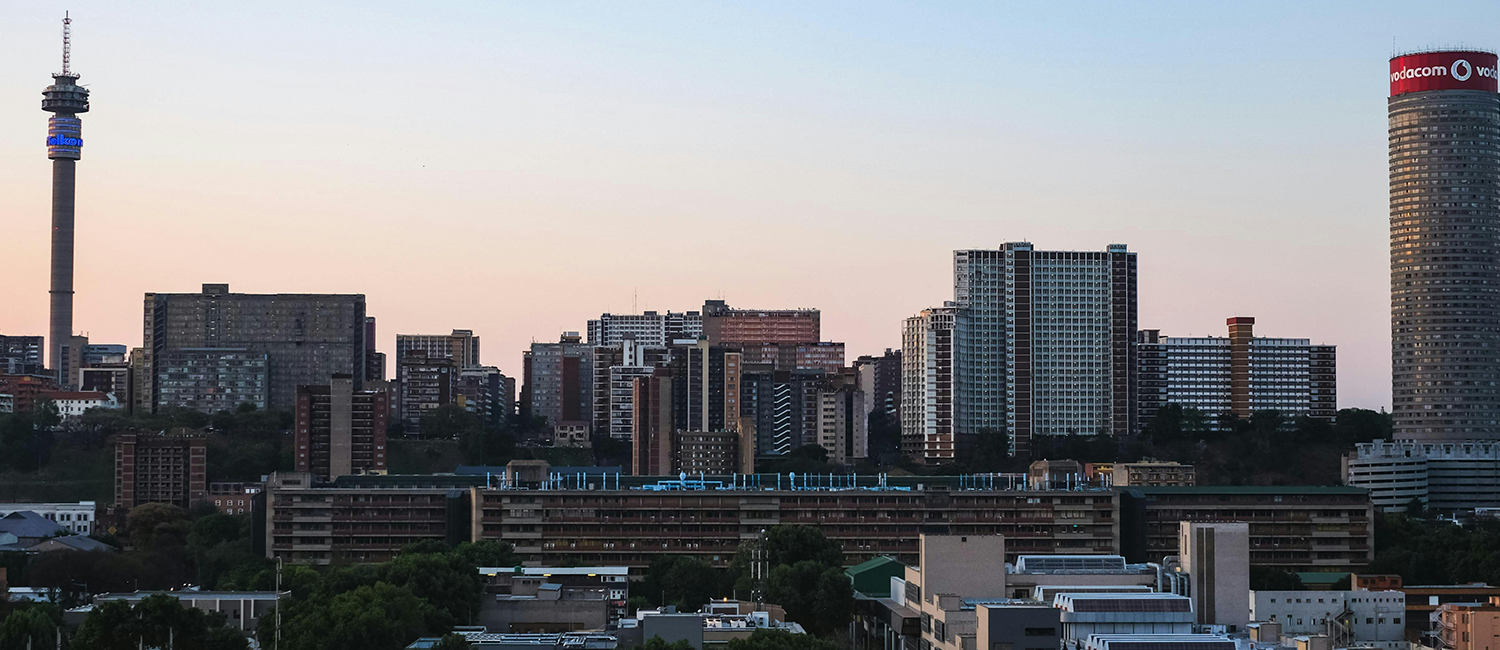The Gauteng Infrastructure Investment Conference, taking place at the Sandton Convention Centre from 17 to 18 June, will explore investment opportunities in the province’s new post-apartheid cities, including opportunities in transport, energy, ICT and inner city regeneration.
Gauteng Premier David MakhuraGauteng Premier David Makhura delivers his State of the Province address, 23 February 2015 (Photo: www.gautengonline.gov.za).Convened by the Gauteng provincial government, the conference will seek to strengthen collaboration between the public and private sectors in the quest to build Gauteng as a globally competitive city region and a preferred destination for investment and tourism.
“This is a different kind of conference, where we will not be analyzing or taking resolutions, but the main focus of the conference will be on what areas of infrastructure needs investment,” Gauteng Economic Development MEC Lebogang Maile said during an interview with Metro FM last month.
The province needs infrastructure projects to stimulate its economy, he said, since the bulk of the provincial budget goes on social infrastructure like schools and clinics.
Projects that are ready to be funded will be exhibited at the conference, including energy projects aimed at increasing the province’s capacity to generate electricity and so take pressure off the national grid.
The province has three power stations that are owned by municipalities: the Kelvin Power Station and two other stations in Rooival and Pretoria West. When combined, these power stations could generate more than 1 200 megawatts (MW) of electricity.
“We have already taken these projects to our potential funders, and there are many other projects that are ready to be funded and we need people to come forward and invest in them.”
PLANS FOR GAUTENG’S CENTRAL DEVELOPMENT CORRIDOR
These also include projects aligned to the province’s development corridors strategy. Gauteng Premier David Makhura, in his State of the Province address in February, announced that the province’s space and economy would be reconfigured along five development corridors, each with its own distinct industries and different comparative advantages.
Regarding the central development corridor – to be anchored around the City of Joburg as the hub of finance, services, ICT and pharmaceutical industries – Premier Makhura said the provincial government would mobilise more than R10-billion in public and private investment over the next five years for regenerating Joburg’s CBD as the seat of the provincial government.
The Gauteng government was also working with national government and the City of Joburg on a definite plan to revitalise the townships of Kliptown and Alexandra, he said.
It would also be working to transform human settlement patterns over the next five years through the building of 140 000 housing units in Lion Park, Diepsloot East, Fleurhof, Cosmo City, Malibongwe Ridge and Goud Rand.
In addition, working with the private sector and the City of Johannesburg, there are plans to transform the spatial landscape of the central corridor through developments in Masingita City, Reitfontein, Waterfall City, Modderfontein City and Steyn City.
PROVINCIAL INFRASTRUCTURE COORDINATING COMMITTEE
In January, ahead of Premier Makhura’s State of the Province address, Finance MEC Barbara Creecy said a Provincial Infrastructure Coordinating Committee (PICC), chaired by the Premier and including all the mayors in the Gauteng city region, had been established.
Speaking at a conference on innovative infrastructure financing resources and pooled financing mechanisms for South African municipalities in Johannesburg, she said the PICC “has already identified a common list of priority infrastructure projects which the province and the cities all agree must be funded over the next 15 years.
“We see this as an important step in giving investor certainty in relation to priority areas for investment,” MEC Creecy said, noting that both the public and private sectors could play an important role in financing infrastructure projects.
For its part, she said, the province would spend more than R94-billion on both social and economic infrastructure projects over the next three years. To help finance this programme, it would increase its revenue through better planning and co-ordination between different spheres of government on infrastructure priorities and spending.
“By investing in social and economic infrastructure, including quality public transport, re-engineering the province’s spatial framework in new human settlements, mainstreaming township economies and providing quality health care and education, we intend to put our global city region on a new trajectory of integrated development and social and economic inclusion.”
The National Development Plan, MEC Creecy said, emphasizes the government’s willingness to take the lead in prioritising infrastructure investment, with the aim of crowding in private sector investment over time.
Sources: www.gautengonline.gov.za, www.sanews.gov.za

